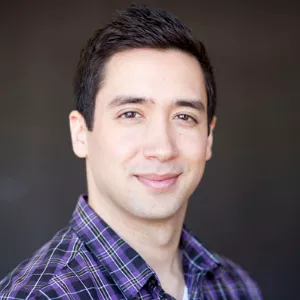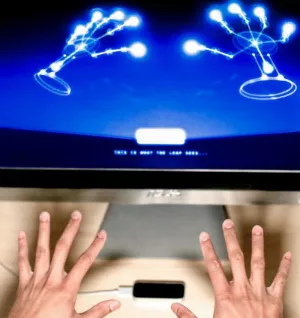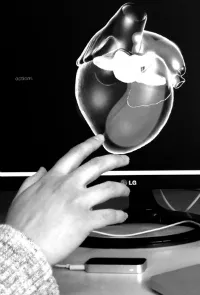
Heart of the Matter: Virtual anatomy lessons could revolutionize education
A new digital animation technique developed by UTM biomedical communications student Brendan Polley is attracting attention from as far away as Silicon Valley. His work could revolutionize anatomical illustrations for the medical and education communities, and beyond.
Through his recently-completed master's research project, Polley created a new method of depicting three-dimensional anatomical models that are easily manipulated and examined from any angle. The models, which are manipulated with an inexpensive pocket-sized device, are accurate, cost-effective and quick to produce.
Polley’s work solves a perennially difficult problem of biomedical illustration—specifically that in order to examine or document a specimen, it must be taken apart, dissected, or rendered in cross-section or a puzzle-like exploded view.
“When you’re dealing with models of anatomy, there’s no real empty space. Everything sits next to something else—organs, vessels and nerves always sit flush with adjacent structures,” Polley says. “The only way to access those deep structures is to strip away.”
Working with the mammal hearts studied by first year biology students, Polley uses CT scans as templates, and then digitally “paints” on textures with illustration programs. To keep the models from becoming visually cluttered, Polley employs traditional illustration techniques such as shading and reflected light to help denote where the objects are in virtual space. He also adds features such as a glow that grows brighter as the user virtually “touches” different parts of the model. The whole process takes about two weeks.

Polley intends his models to be used as interactive teaching tools. The hearts include animated blood flow simulations, and he has integrated a quiz component to simulate “bell ringer” tests in the dissection labs. Just like the real-life lab experience, “students have a minute to pin it,” Polley says.

He is excited by the challenges and possibilities of this new illustration technique. “Biomedical Communications is a really unique program—this is really the only place that something like this can be made,” says Polley of his time at UTM. “Here they understand the value of creating these types of resources, and they have the technical know-how to help you get it done.”
Polley plans to release his work through LeapMotion’s app store, AirSpace, so anyone could download it and use it. With more development, Polley says that his research could be applied to surgical simulations, distance learning, or to replace or supplement dissections in labs.
Watch Brendan Polley's application in action:
